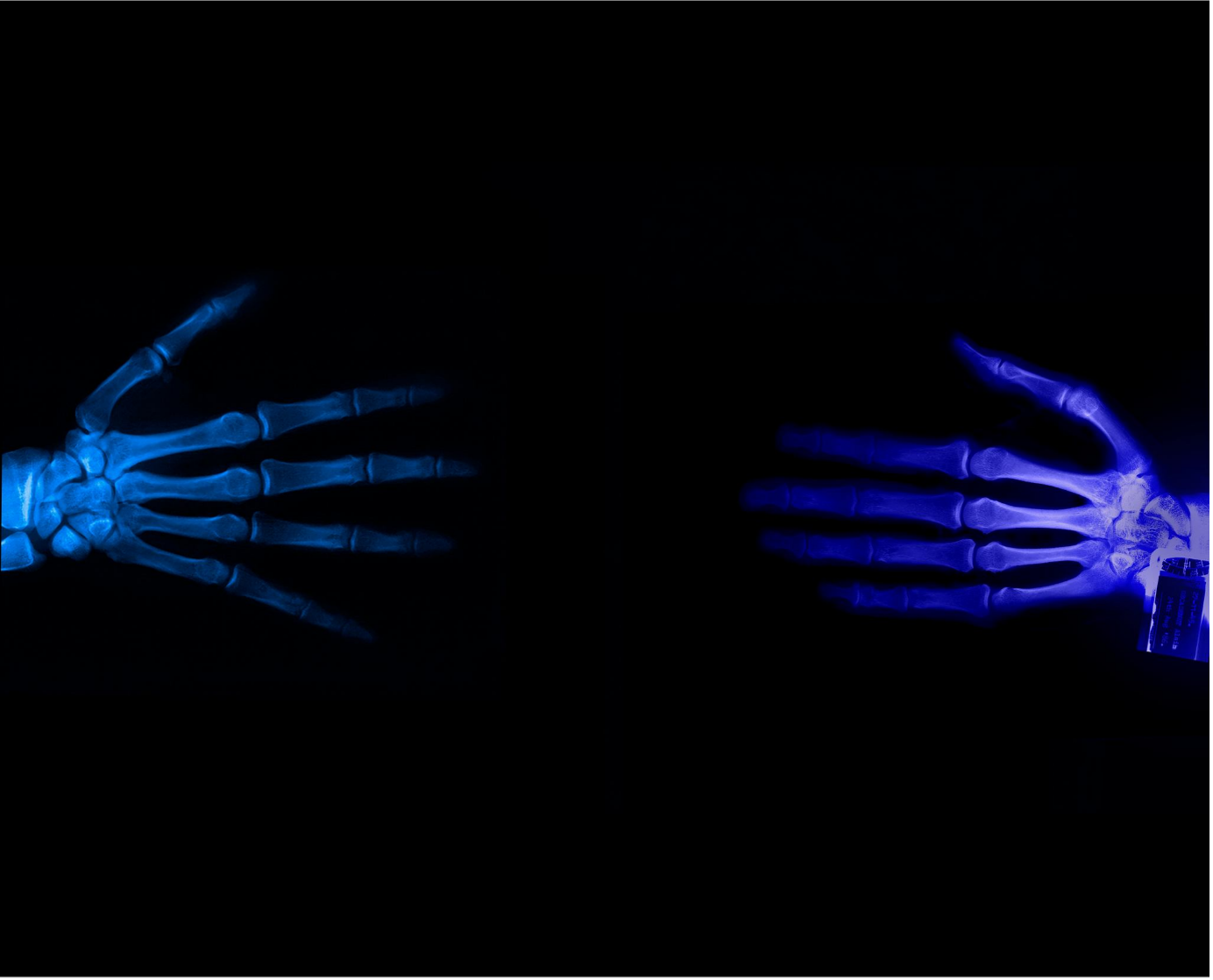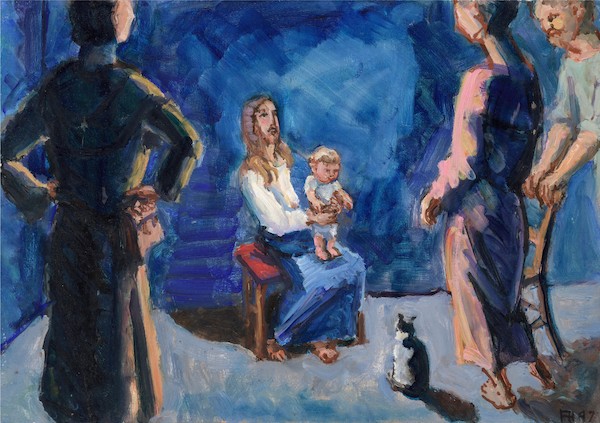Regardless of what anyone may personally think or believe about him, Jesus of Nazareth has been the dominant figure in the history of Western culture for almost twenty centuries. Jaroslav Pelikan, Jesus Through the Centuries
Christian art stands at the core of Western culture. For the past 2,000 years, innumerable artists-anonymous and acknowledged-have rendered the image of Jesus Christ and the story of salvation visible. So successful and persuasive have their images been as an element in shaping Western culture that it is easy to forget that Christianity did not arise in Europe or the West, but in an environment at the confluence of Asian and African civilizations.
Unfortunately, in our contemporary malaise of cultural amnesia and perturbing educational practice of fragmenting the subjects we study, it is a challenge to understand the historic dynamism and depth that Christian art has played in forming and informing Western culture. To be lamented is the almost complete absence of its significance in the telling and teaching of Christian history in our churches, seminaries and graduate schools of religion. Perhaps subtlety and unwittingly this omission has contributed far more than we realize to the sad estrangement between the Church and visual artists today than any articulated or overt objections to the place of art in the Church.
In the privileging of texts and the nearly total verbalization of the faith to the exclusion of an adequate recognition of the crucial importance of art in advancing its mission, the Church too frequently has inadvertently impaired her own power to speak. By and large, the Church has forgotten that historic Christian art remains an eloquent, though mute, witness to belief that still speaks to a secular society without being an embarrassment, as many areas of teaching and practice have been. With these conditions it could also mean that we are at a critical juncture, perhaps a kairos moment, for a serious rapprochement between artists and theologians. We need a renewal of Christianity that aids the faith in credibly addressing the longings of the age and transforming some common strands of our culture significantly in the direction of life rather than death.
The necessity for understanding in this situation requires effort on both sides. Christian artists need to become far more theologically astute and historically aware of the impact of Christianity on culture. Theologians and ministers need to understand that historically, through their art, artists have often served as theologians and ministers in the Church, mediating doctrine as well as bringing biblical instruction and devotional comfort to the faithful. Artists must resist the allure of thinking there was some "Golden Age" of Christian art in the past or becoming fixated on the philistinism they may experience in the Church. Theologians, in turn, need to be bold and to bring hospitably into their midst-creative, helpful, loyal, corrigible, albeit at times, inscrutable artist friends-if they expect to see the needed change they habitually talk about take place.
In revisiting and steeping ourselves in the history of 20 centuries of Christian art, all of us-artists, theologians, interested lay persons-become better stewards of the legacy of our Christian tradition and Western culture. As we survey the terrai1 before us from the battered ramparts of current culture wars, there is cause for dismay, but not to the point of being beaten dawn as to whether there is a future for our art, or art in general, in the Church or the wider culture. Our times are challenging, but circumstances in the past have been equally challenging, perhaps even more daunting. It should fill us with wonder and amazement, for example, that between the third and sixth centuries the entire ancient pantheon of gods, goddesses and mythological heroes of the ancient world should be replaced by the central image of Jesus Christ and the saints; and that, furthermore, this would continue to constitute the core of the visual vocabulary of Europe until nearly the end of the seventeenth century.
What did artists, in particular, do to help effect this extraordinary transformation of religious affiliation and culture? Was this accomplished by Constantinian fiat, or does this transfiguring fertility suggest deeper foundations for much earlier Christian artistic practices that could flourish even more fully after the Peace of the Church in the 4th century? Questioning our heritage in the visual arts from a position of growing knowledge of it helps us not only to be beneficiaries and stewards of it and all that it is linked to, but also to be shrewd investors of its capital value for the future.
Published in CIVA SEEN, The journal of CIVA Christians in the Visual Arts Vol. 1, 2000
%20(1).png)












